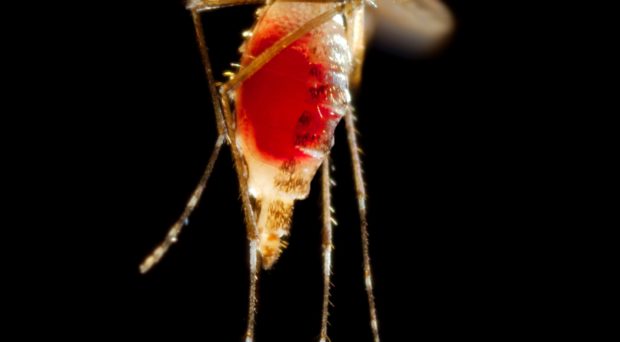
It is summer, and the warm, moist weather heralds the mosquito season. And lest we forget, the threat of Zika persists, and it will quite likely become endemic, that is, a disease that we will be living with for a long time to come. Here are some lessons learned from previous epidemics.
When it comes to disease outbreaks, information associated with fear and sensationalism can backfire by desensitizing the public to the true nature of the disease, and hence decrease the likelihood of responding appropriately. It would be more effective if media outlets balance images and information about the prevalence, distribution and severity of the disease with group-specific messages about risk of infection, prevention, control, and treatment.
The assessment of risk of infection along with prevention and control of an epidemic are primarily the purview of epidemiologists and other public health specialists, and these professionals need to be more engaged with the media, so as to reduce the chance of misinformation and miscommunication.
We must encourage “thinking outside the box”. Remember that in the case of Zika, the health authorities widely noted that: “Never before have we had a mosquito borne infection that could cause serious birth defects on a large scale”.
So initially, despite plausibility and logic to the contrary, there was much skepticism and suspicion regarding the link between the Zika virus and fetal microcephaly, as was suggested by the Brazilian medical community, in particular. The evidence now supports a causal link between the Zika virus and fetal microcephaly.
Next, if a mode of disease transmission is highly plausible, but is not yet directly evidenced, and there is a favorable benefit to risk ratio, we should err on the side of caution, and advise the public accordingly.
In the case of Zika, while male to female sexual transmission was established early, there was little or no mention of female to male transmission (albeit highly biologically plausible), until it was substantiated, much later. Zika is now classified as a sexually transmitted disease, that is, it can be passed through sex from a person with Zika to his or her partners.
Moreover, there is a critical need for an international research and treatment clearinghouse for Zika and other emerging infectious diseases. Such a central database will allow for quick access to comprehensive, reliable, and valid information for evidence-based practice and setting priorities.
Finally, for the most part, the predominantly linear statistical models that were used for predicting the level and spread of infection and associated complications, did not serve us well, rather they promoted fear and misinformation. As noted by the famous statistician George Box: “Essentially all models are wrong, but some are useful.” Let’s give more attention to what we model and the underlying assumptions and limitations. Linear thinking and hence linear modeling, does not reflect the complexity of real world phenomena such as the spread and distribution of diseases.



Interesting and educative